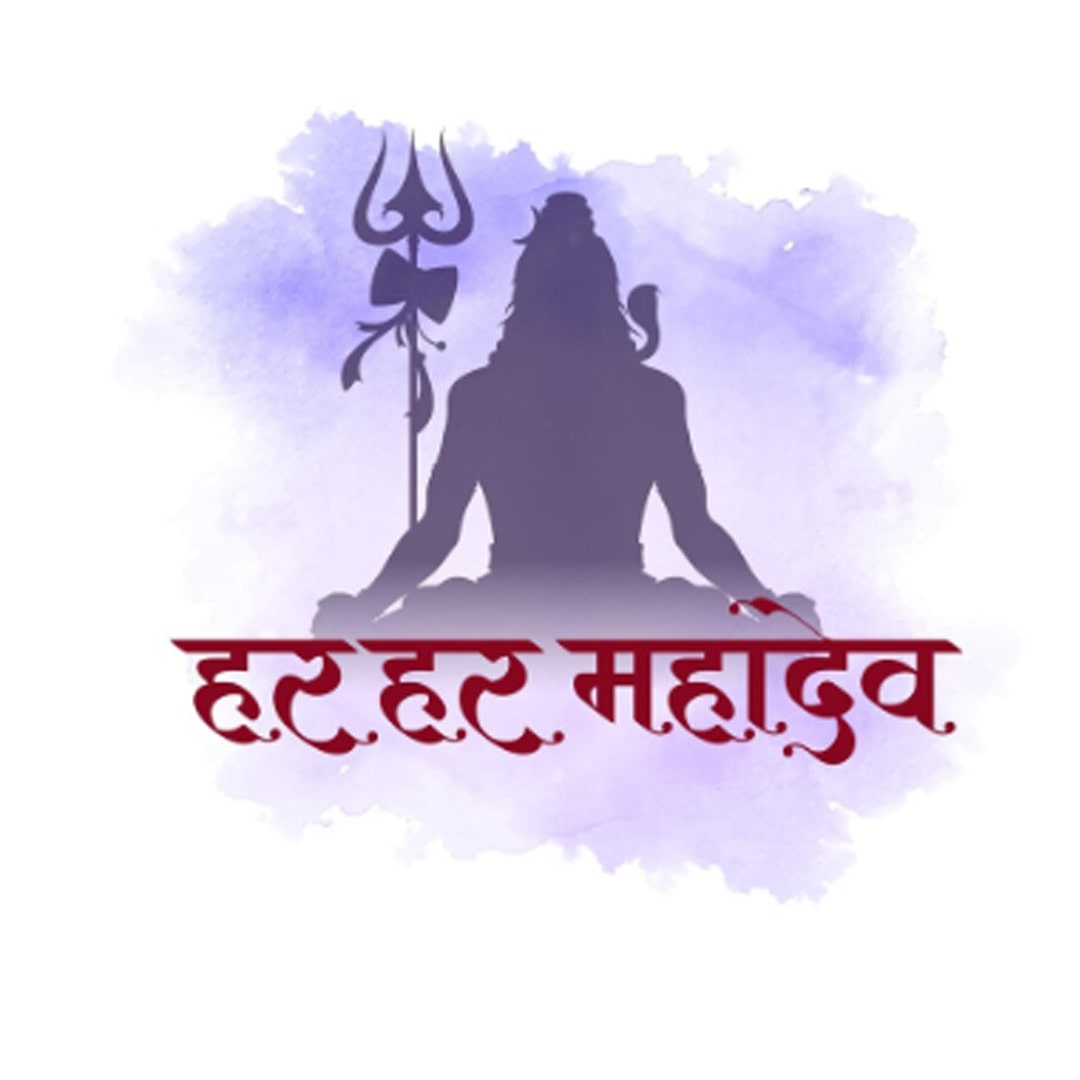

Please enter the code we just sent to whatsapp 91-11-46710500 to proceed
Didn't Receive OTP?

Mahashivratri, or "The Great Night of Shiva," is the most sacred celebration of Lord Shiva and is being celebrated even more enthusiastically by millions of people worldwide. It is the day when the devotees remain awake throughout the night, chant mantras, and offer prayers to obtain divine grace. But most devotees, especially the young or newcomers, are puzzled: How to pray Lord Shiva on Mahashivratri? What is the proper ritual, the significance of this sacred night, and how to perform Lord Shiva puja vidhi on Mahashivratri with devotion and knowledge?
This blog has everything you want to know – from why Mahashivratri is so significant in Hinduism to the step-by-step puja vidhi (ritual procedure) to worship Lord Shiva correctly.
Mahashivratri is observed on the 14th day of the dark fortnight (Krishna Paksha) of Phalguna month (February–March) before Amavasya (New Moon). The festival holds immense spiritual and symbolic significance.
1. Sacred Marriage of Shiva and Parvati: Goddess Parvati is said to have wedded Lord Shiva on this night, remembering the union of spiritual consciousness (Shiva) and energy (Shakti).
2. Victory over Darkness and Ignorance: Mahashivratri is the victory of light over darkness. The devotees fast, stay up all night, and chant mantras to cleanse the soul and achieve spiritual progress.
3. Night of Awakening (Jagaran): According to Hindu scriptures, Mahashivratri devotees are innocent and are liberated by moksha.
4. The Cosmic Dance: Some scriptures also pinpoint Mahashivratri as the night of Tandava—Lord Shiva's cosmic dance of creation and universe destruction.
Festivals like Mahashivratri can be celebrated simply or lavishly based on your time, resources, and inclination. The key is devotion (bhakti) and sincerity. Below is a step-by-step guide to how to do it at home.
Below is the step-by-step puja vidhi to do Lord Shiva worship on Mahashivratri:
1. Wake Up Early and Bathe
Start the day with a spiritual bath so as to cleanse your body as well as mind. If possible, add a few drops of Ganga Jal into the water. Wear clean or white attire as a symbol of purity.
2. Clean the Puja Area and Set Up the Altar
Put a chair in your home temple or puja room. Have a photograph or image of Lord Shiva or Shiva Linga, the emblem of Shiva, on a raised pedestal. Burn diya (lamp) and agarbathi or incense sticks to provide the sacred atmosphere.
3. Invoke the energy of Sankalp or Resolve
Put a few drops of water in the palm of your hand, close your eyes, and take sankalpa (vow) to observe the fast of Mahashivratri in good faith, commitment, and honest heart.
4. Abhishekam (Holy Bath of Shiva Linga)
Abhishekam (holy bath) is the most significant ritual of Lord Shiva puja vidhi on Mahashivratri. You may do it with the following:
Milk – For cleansing and nourishment.
Water – For purity and devotion.
Honey – For sweetness and kindness.
Curd – For prosperity.
Ghee – For power and light.
Sugar – For bliss.
Bilva leaves (Bael leaves) – Lord Shiva's favorite leaves.
Sandalwood paste – For scent and cooling.
Flowers – White lotus or datura (Lord Shiva's sweetheart flower).
Abhishek with "Om Namah Shivaya" while respectfully and gently offering each item slowly.
5. Offer Sacred Items (Upacharas)
After abhishekam, offer fresh clothes or a vastra (a white cloth preferably), vibhuti (sacred ash), sandalwood paste, flowers, fruits, betel leaves, incense, and a diya.
6. Chant Shiva Mantras
Chanting of mantras is also a ritual of how to worship Lord Shiva on Mahashivratri. You can chant:
Shri Maha Mrityunjaya Mantra:
"Om Tryambakam Yajamahe Sugandhim Pushtivardhanam
Urvarukamiva Bandhanan Mrityor Mukshiya Maamritat"
Panchakshari Mantra:
"Om Namah Shivaya"
Devotional chanting relaxes your mind and brings you into Shiva consciousness.
7. Read or Listen to Shiva Purana or Stories
Reading Shiva Purana, or Lord Shiva and Goddess Parvati stories, is a wonderful way of learning the significance of Mahashivratri in Hinduism and enhancing your spirituality.
Fasting on Mahashivratri: A Key Element of Worship
Fasting is a crucial part of the worship ritual of Lord Shiva on Mahashivratri. Fasting signifies self-restraint, self-control, and self-surrender in front of the god.
Nirjala Fast: Fasting from food as well as water (only for serious devotees).
Phalahar Fast: Milk and fruits only.
Partial Fast: Sattvic meal alone during the daytime till sunset.
Devotees also perform Jagaran — sleeping less in the night, either singing bhajans or thinking about Lord Shiva.
If possible, go to the nearest Shiva temple on the day of Mahashivratri. Observe the grand abhishekams, chantings, and culture programs. Majestic night pujas happen at Kashi Vishwanath, Somnath, Kedarnath, and Lingaraj temples.
Understanding the spiritual significance of how to worship Lord Shiva on Mahashivratri lends significance to your practice:
Abhishekam symbolizes inner purification.
Fasting symbolizes overcoming desires.
Jagaran (Staying awake) symbolizes spiritual wakefulness.
Mantra chanting annihilates ego and aligns mind with the divine.
Finish your puja with a clean aarti to Lord Shiva's Holiness. Say the "Om Jai Shiv Omkara" aarti, wave the lamp, and say a prayer for peace, knowledge, and liberty.
Mahashivratri is as powerful a festival as it is not a holiday. In recitation, contemplation, fasting, and ritual, we are extending ourselves to Lord Shiva, the embodiment of peace, destroyer of delusion, and blissfulness.
The moment you realize the significance of Mahashivratri in Hindu philosophy, you would know that it is not a ritual day but a holy night of god communion and self-realization. By worship according to the Lord Shiva puja vidhi of Mahashivratri, you can sanctify the worship divine at home as well as in a temple.
May Lord Shiva bless strength, intelligence, and spiritual progress at this holy night.
Har Har Mahadev.
In the midst of the hectic life of the online world, children must be grounded in their culture. Bambinos.live, one of the leading online learning websites, is involved in filling young minds with centuries-old Indian heritage information. With interactive and age-relevant courses, Bambinos.live introduces children to:
Mythological Stories: Children learn the mythology of Lord Shiva, Goddess Parvati, and other gods and goddesses through cartoon stories, narrations, and interactive discussions.
Festivals and Rituals: Children learn the festivals such as Mahashivratri, Holi, Diwali, and Navratri through games, craft, and religious studies.
Bhagavad Gita for Children: Through simple teachings and moral lessons from holy books, children are given a firm base in values, responsibility, and emotional quotient.
Language and Shlokas: They learn Sanskrit shlokas, mantras like Om Namah Shivaya, and what they mean — cultural literacy.
Live Cultural Classes: With the able guidance of expert educators, the site equips children to question traditions, argue over customs, and participate in live festivals of Indian culture.
By viewing websites like Bambinos.live, children not only become aware of how important Mahashivratri is to Hindu communities, but they also gain a sense of pride in their own rich cultural and spiritual history at an early age.
Shape Your Kid's Future with Bambinos Classes | World’s first Bhagavad Gita course for Kids | Click here to Book a Free Class Limited time offer.